The IE 200s are Sennheiser’s entry-level in-ear monitors. If you’ve ever felt envious of the company’s pricier IE 300, IE 600, or IE 900 models, then at $150, the IE 200 is a much easier pill to swallow, especially since the previous entry point cost twice as much.
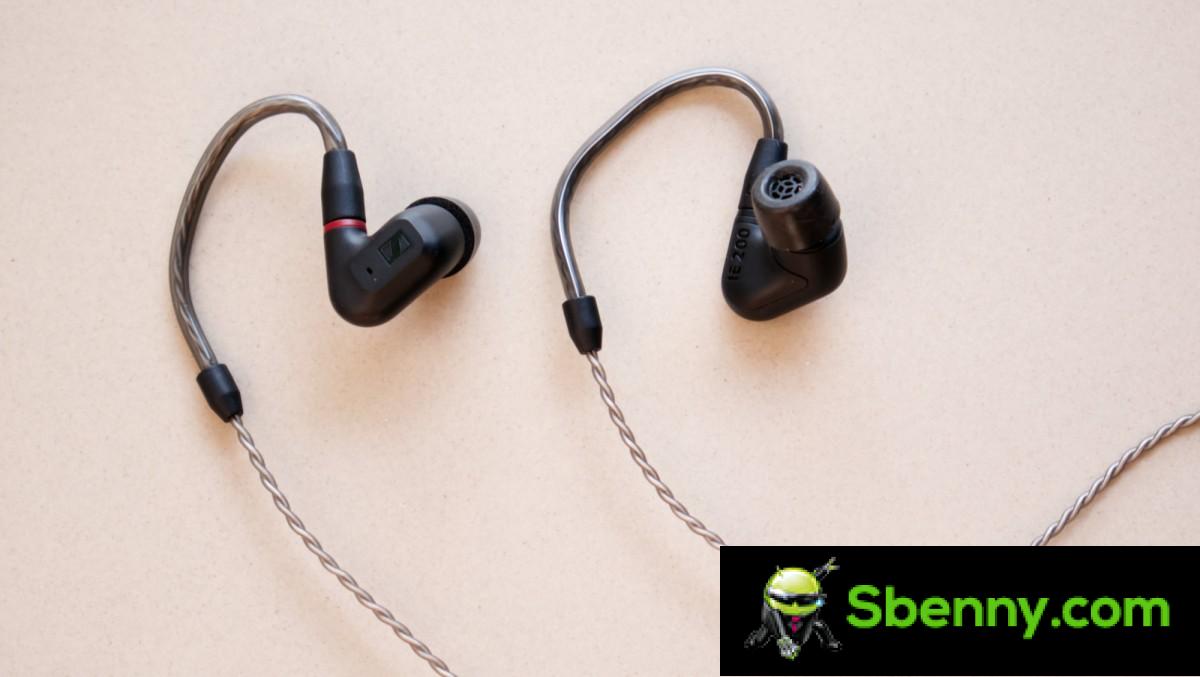
With the IE 200, Sennheiser has a very clear goal; to deliver an exceptionally neutral sonic signature at an affordable price. This is a bit of a departure from the other models in the series, which have come to be known as low guns. In that sense, it’s a bit of a role reversal. If you want the most accurate sound, you have to pay the least. This is quite an interesting proposition and a good place to stop this introduction and start the review.
Design and comfort
Aesthetically, the IE 200s are virtually identical to their more expensive siblings, at least in basic form. The main difference lies in the choice of materials; while the IE 600 and 900 are made of metal, the IE 200 uses simple, old-but-reliable plastic like the 300. Also, the IE 200 lacks the textural flourishes of the 300 and, instead, opts for plain black plastic to drive really the point home that these are the least expensive options amount to four.
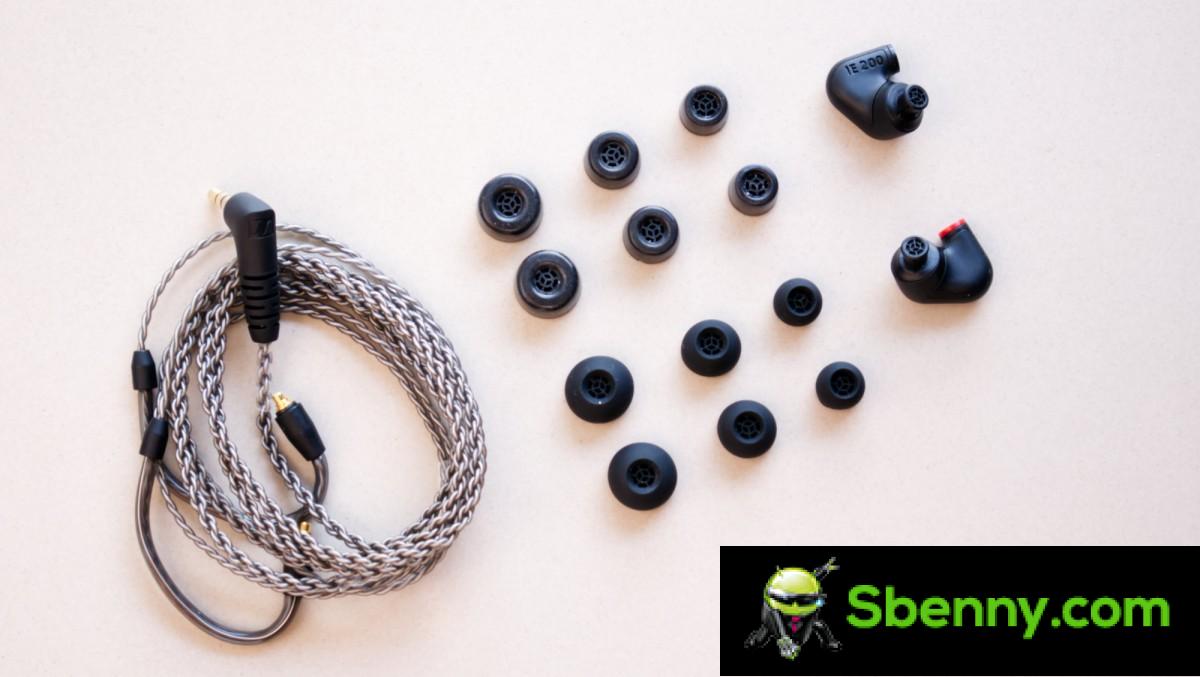
However, nothing pushes that point into the ground like the included cable. This is quite easily one of the worst cables I’ve encountered on any IEM, and I’ve used quite a few to this point. It is thin with about the same feel as a curtain cord, holds all of its knots and will basically never straighten out, has a fused plastic casing for the splitter joint, another thin plastic casing to adjust the length of the gap and the overly flexible ear hooks that you have to adjust every time you insert the earphones. The cable also has quite a bit of microphonics.
The cable ends with two MMCX connectors. However, while these may look like standard MMCX, you can’t just plug any MMCX cable into the earphones as the connector is recessed. This means you need to be careful when choosing aftermarket cables for Sennheiser IEMs.
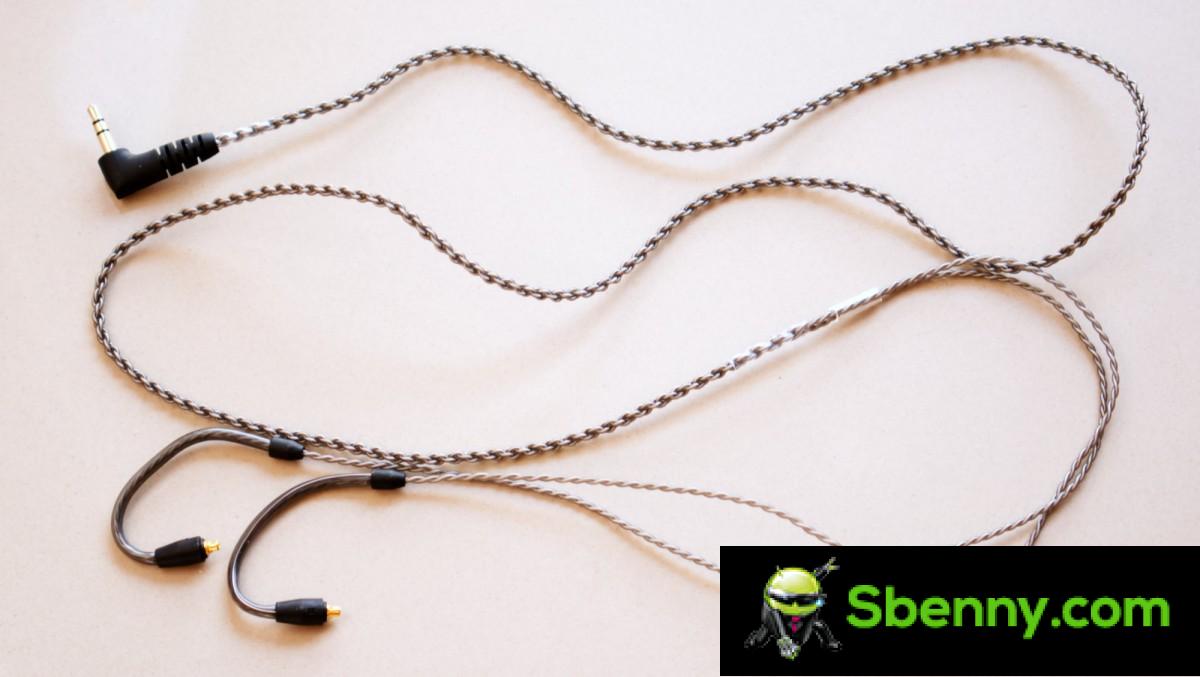
The IE 200 also comes with two sets of earphones. There are the usual silicone tips in three sizes and also the foam tips in three sizes. Silicone tips are unusually thin and cheap. I couldn’t get a good seal on them no matter what size I chose. Even if they felt fine at first, the simple movement of the jaw would have caused the seal to break.
Foam tips offer a better hold. I don’t particularly like the foam tips as they are usually more annoying than they are worth and can also tend to be less comfortable during extended sessions as the foam expands and puts pressure on the ears. The foam tips provided by Sennheiser aren’t particularly great either; they expand quite quickly after you press them, almost certainly returning them to their normal shape before you’re even done inserting them into your ears. Sennheiser recommends waiting 15 seconds for the foam to expand in your ears, but in my experience, it took less than 5.
One trick of the IE 200 is the ability to adjust the frequency response based on how the tips connect. You can attach the tips by inserting them all the way onto the nozzle. This produces a richer bass sound. Alternatively, you can stick them halfway up the nozzle; this will create an audible click and the ear tips will lock into place. This creates a slightly less heavy sound and is apparently the intended way of listening. This trick only works with the bundled ear tips as any other ear tips won’t fit halfway without coming off. You can still use them in the fully inserted position, at which point they work like any other bit.
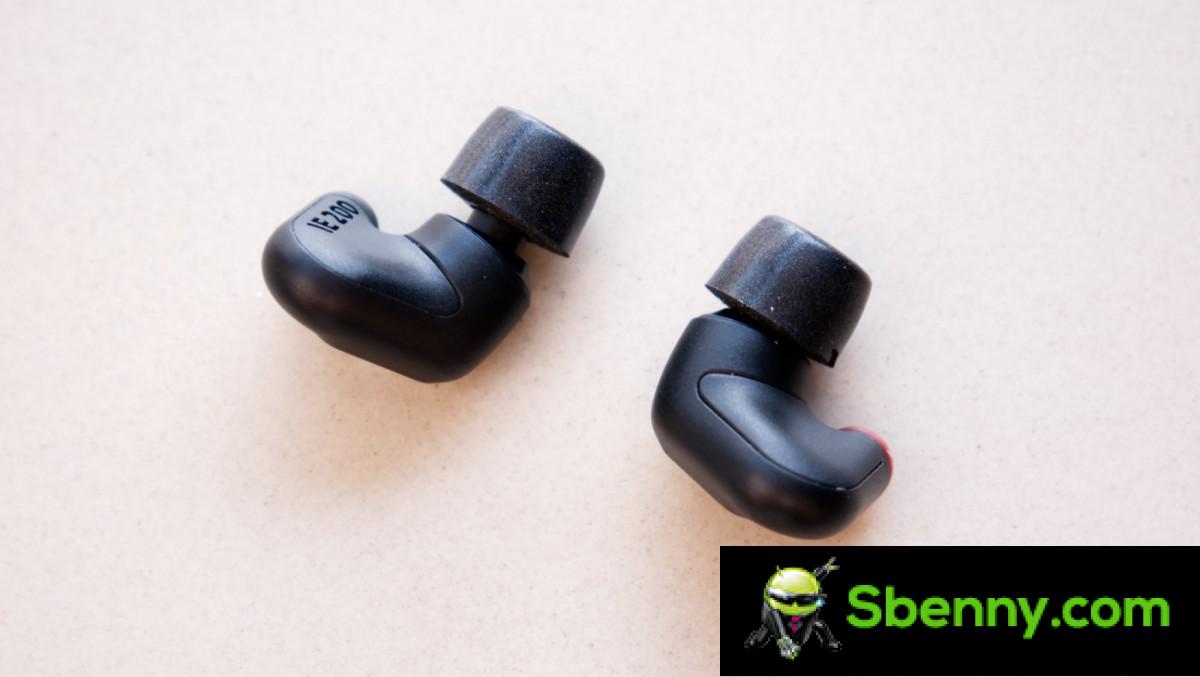
In terms of comfort, the IE 200s are very good. The main shell of the earphones is extremely small, the smallest I’ve ever used on any IEM. They basically fit entirely in your ears and weigh next to nothing. Most of the time you feel the cord or tips of your ears, not the earphones themselves. With a better cable and more comfortable earphones, you’ll probably forget you’re even wearing them.
Of course, the small size has some disadvantages. The earphones are quite difficult to grip and insert into your ears, as there isn’t much to hold on to. Also, the cable is constantly getting in the way and often even dislodges the earphones if you try to adjust it. You have to insert the earphones, adjust the cable hooks, then readjust the earphones otherwise your seal would almost certainly have been broken by adjusting the cable. This isn’t a problem with larger, heavier headsets, but the IE 200 just gets bullied by their cable.
Overall, while the design and comfort are good, the cable is in dire need of being replaced by the user. You should also look for better quality silicone tips if the two-step nozzle trick isn’t important to you.
Audio quality
Audio quality is a major marketing focus for IE 200, as it should be. After all, you’re only buying wired because you care about audio quality. But in addition to quality, Sennheiser has also paid close attention to what kind of sound you will hear. Going beyond just saying the sound is accurate and neutral, Sennheiser also claims that the IE 200s are tuned for the diffuse field target.
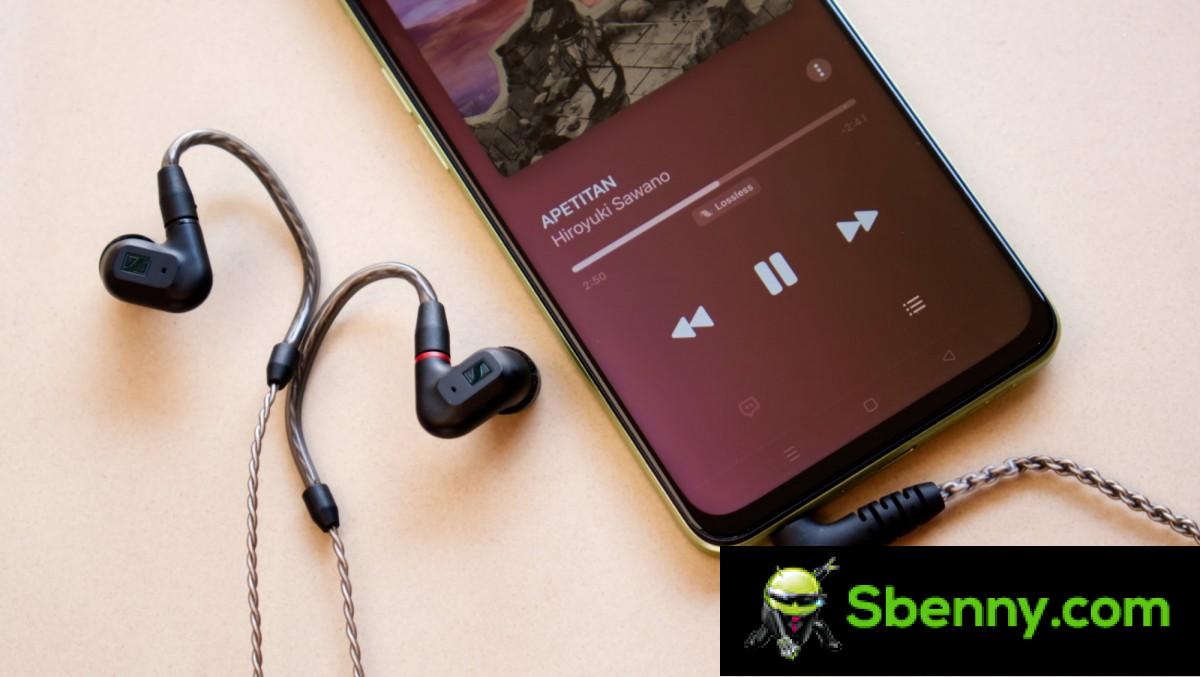
Diffuse-field lens is not common these days for headphone tuning, let alone IEMs. Diffuse-field targeting is based on the sound of speakers when playing a flat test tone in a reflective room, as heard through a dummy microphone. Headphones tuned to the DF target tend to have a very neutral bass and midrange response but fairly bright treble. It’s not something most people find pleasant to listen to, which is why diffuse field (and its free field cousin) have largely been replaced with more conventional Harman target curves that are more consumer-friendly.
The IE 200 uses a single 7mm True Response dynamic driver, the same as found in the IE 300, 600 and 900. However, the IE 200 is tuned very differently which is important to consider as this sound is not for everyone.
First of all, I wasn’t particularly interested in the adjustable nozzle gimmick. Sure, you can use them in the extended position, which makes the sound stick more closely to the DF target. In my experience, this didn’t make a dramatic enough difference and was barely noticeable on most tracks. Therefore, I did most of the testing with the ear tips inserted all the way in.
Moving on to frequency response and tuning, the IE 200s are not as neutral or accurate as Sennheiser would have you believe. Regardless of where the tips of the ears are placed, there is definitely a small boost in low frequencies from reference levels. This definitely keeps things from getting a little sterile and uninteresting, but if you’re looking to use them for tracking or mastering purposes, this is something to keep in mind.
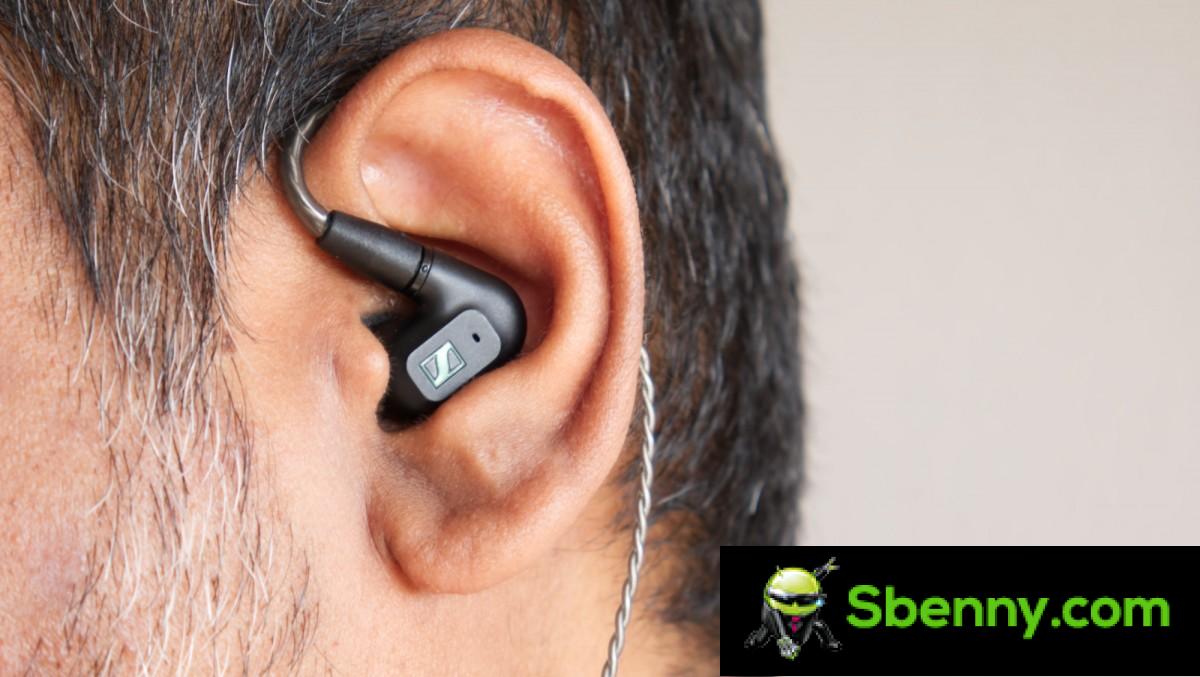
That said, the bass boost is very frugal, and if you’re not used to hearing DF or reference-level bass, you might think your earphones or your ears have stopped working. The focus is more on quality than quantity, and the IE 200’s low-end response is certainly measured and borders on warm yet clean enough to enjoy percussion and string instruments without lingering rumble and thrum. Bass hits are fast and articulate with good extension in the lower ranges. There’s no risk of aural masking here as the bass tapers well before entering the midrange.
The midrange of the IE 200 is exquisite. It’s extremely well balanced throughout the range, with superb presence and authority in the mix. The timbre is particularly excellent, with most voices and instruments having an authentic, natural tone.
The highs are where the sound gets a little spicy. The upper midrange is a bit brighter, which can sometimes cause the sound to be a bit screamy. Some voices have a thin, sharp edge at the top as they enter the upper registers. There is also some sibilance in the S and T sounds. This is a classic pitfall of DF tuning and can make the sound a bit fatiguing to hear on some tunes.
In terms of technicalities, the IE 200 is good but not great. There’s a good amount of detail in the mix, which comes through from time to time. The drivers aren’t mind blowing, but they do a good enough job that you still feel like you’re getting the most out of your source material without taking it under a microscope. The picture was above average; there’s certainly a much more distinct sense of layering and placement than you’d get on cheaper IEMs, but again it doesn’t exactly surprise you if you’ve heard better stuff. The soundstage is spacious enough not to feel claustrophobic, but ultimately it’s still an IEM and there’s only so much room that earphones can create.
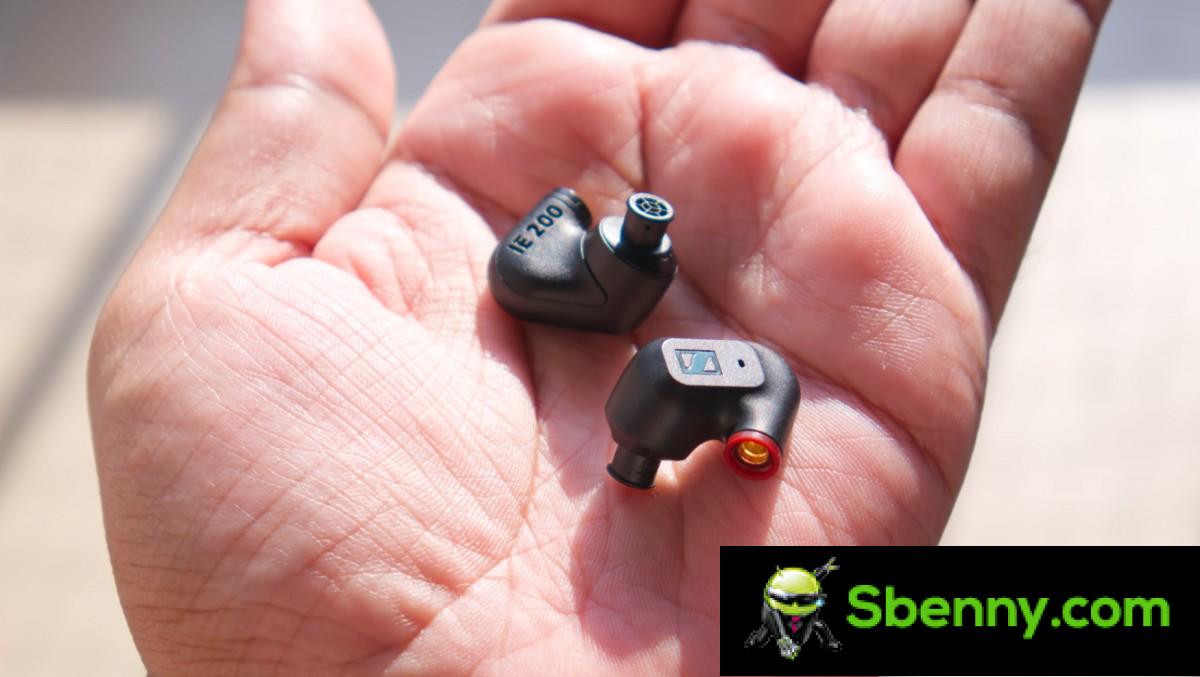
The IE 200 doesn’t require much power to get the best out of it. I was able to drive them just fine with the Apple Lightning to 3.5mm adapter and also the headphone jack on the OnePlus Nord CE 3 Lite. Upgrading to a more powerful Shanling UA2 didn’t change things dramatically when using the single-ended output. You could use a dedicated amplifier but it’s not necessary.
Overall, I liked the sound of the IE 200. I’m a sucker for clean, accurate bass and mids, and the IE 200 has good enough specs to stand out from some of the cheaper IEMs I tend to review here. However, the highs are unabashedly bright and can be too harsh on many tracks. So while I also like a bright sound, sibilance and hiss are something I can’t tolerate and the IE 200 has both in abundance.
As far as your preferences go, I’d highly recommend you steer clear if you have a particular affinity for bass. While it’s not truly neutral, it comes pretty close to it, and most people don’t really understand what it means until they hear it. It’s like ordering Neapolitan if you’ve only ever had deep dish. Don’t do it unless you know what you’re getting yourself into.
Conclusion
The Sennheiser IE 200s are a great sounding pair of earphones for the price. The specific tuning won’t be for everyone, but those who know what they’re getting into will be rewarded with clean, immersive sound that gives a small taste of what it’s like to own truly high-end audio.
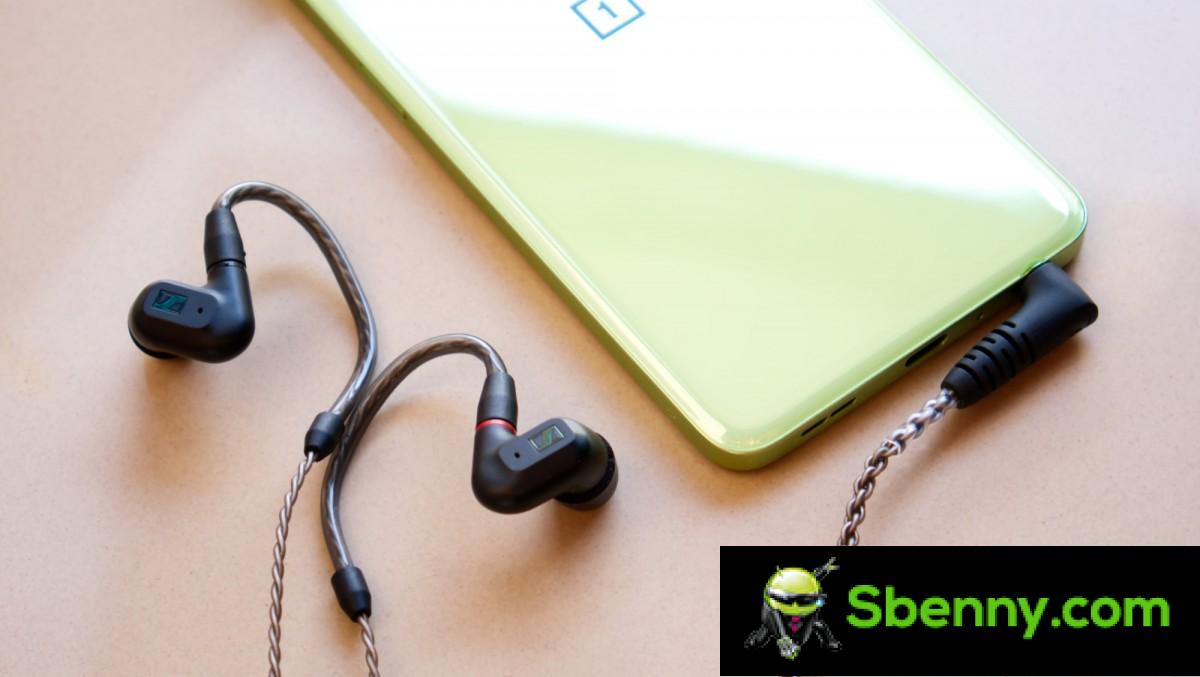
Sennheiser’s claims of precise, neutral sound may be a little far-fetched as these are not mastering monitors, but that makes them more enjoyable for just listening to music. I wish the treble was less sibilant at times, but that’s an easy problem to fix with EQ. Technical performance is also good, setting the IE 200 apart from some of the cheaper options on the market.
The main bugbear of the IE 200 is the cable. While it’s not completely unusable, it takes the experience of using the product down several notches and almost forces you to replace it, which adds to the cost. The quality of the ear tips could be a lot better too. These are very obvious cost-cutting measures, but they significantly hurt the overall value of the product.
If you like the kind of sound described here, the IE 200 is a good option for $150, but I’d strongly suggest you consider the cost of an aftermarket cable. Alternatively, you can look at something like Etymotic ER2SE.







Start a new Thread